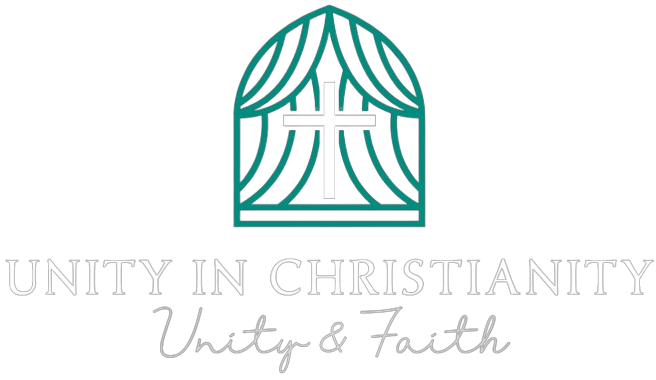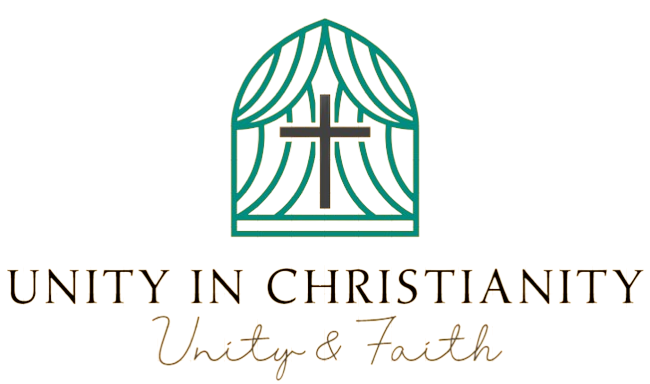At Christmas time, the best-loved of all Christmas carols is Silent Night. This is its story …
The Song
Silent Night is a favorite Christmas song, and most of the people could be forgiven for considering it was a standard English carol. Yet the unique song was not written in English but in German. In fact, it was not originally written as a song in any respect but as a poem.
Origins
In 1816, Joseph Franz Mohr (1792–1848), an assistant Catholic priest, wrote a poem with six verses called Stille Nacht. The original inspiration got here from seeing the town of Mariapfarr, near Salzburg, lying beneath a blanket of freshly fallen snow on a still night. The 12 months 1816 marked the tip of the Napoleonic Wars, and the words Stille Nacht also reflected the silence of peace.
The original German words were:
“Stille Nacht, heilige Nacht!
Alles schläft, einsam wacht,
Nur das traute hochheilige Paar,
Holder Knab’ im lockigen Haar,
Schlaf in himmlischer Ruh!
Schlaf in himmlischer Ruh!”
There was a convention in Bavaria and Austria that church organists would compose folk songs for Midnight Mass. So it was that, on Christmas Eve 1818, Joseph Franz Mohr, who was then the pastor of St Nicholas Catholic Church in Oberndorf near Salzburg, wanted a recent song for the Midnight Mass. He took his poem to the choirmaster and organist, Franz Xaver Gruber.
However, there was an added problem: the church organ was out of motion. One story suggests it had been flooded, while one other claims mice had gnawed on the bellows.
Gruber took the poem and composed music for guitar and two solo voices. They walked to St Nicholas Church in Oberndorf, where Mohr conducted the Midnight Mass, and Stille Nacht was sung for the primary time. Gruber played guitar, and Mohr sang the bass part. The congregation liked it a lot that they asked for it to be sung again, and it became a part of their Christmas worship.
Among the congregation was Karl Mauracher, who had come from Zillertal to repair the church organ. He was so impressed by the song that he took the sheet music back with him and taught it to others. In the 1830s, Tyrolean folk singers from Zillertal (the Ziller Valley) performed the song in Austria, and it slowly spread throughout Austria and Germany. By 1832, it was being sung on the Leipzig Christkindlmarkt (Christmas market).
In 1839, the Ludwig Rainer choir travelled from Austria to the USA and sang folk songs on the Alexander Hamilton Monument near Trinity Church in New York. It was then that Stille Nacht was first sung in an English-speaking country.
English Translation
There are two most important English versions of the carol.
Around 1860, an American Episcopal priest in New York, the Reverend John Freeman Young (1820–1885), translated the primary, second, and sixth verses of the unique Stille Nacht into what became the familiar Silent Night. Verses 4 and five weren’t related to Christmas. His version was first published in a set called Carols for Christmas-Tide. The first verse reads:
“Silent night, holy night
All is calm, all is brilliant
‘Round yon Virgin Mother and Child
Holy Infant, so tender and mild
Sleep in heavenly peace,
Sleep in heavenly peace.”
Another version was translated by the Irish clergyman the Reverend Stopford Augustus Brooke (1832–1916). He was ordained into the Anglican Church and, in 1881, wrote Christian Hymns, wherein Still the Night was hymn number 55. This was the best-known version within the UK. The first verse reads:
“Still the night, Holy the night,
Sleeps the world, hid from sight,
Mary and Joseph in stable bare,
Watch o’er the kid, belovèd and fair,
Sleeping in heavenly peace,
Sleeping in heavenly peace.”
Christmas Truce
The carol has been translated into many other languages and is sung all around the world. In 1914, throughout the Great War (later generally known as the First World War), there was a truce at Christmas. A German soldier began singing Stille Nacht on Christmas Eve, and British soldiers joined in, singing Still the Night in English. This was the version commonly present in pre-war British songbooks and hymnals.
Recordings
The song has been recorded again and again. It was first recorded by the Edison Male Quartette and the Haydn Quartet in Philadelphia in 1905. One of essentially the most famous recordings was by Bing Crosby in 1942. After becoming a giant hit on each side of the Atlantic, the American Silent Night version began to achieve popularity within the UK. Today, British carol singers often sing either version.
The song has since been covered by quite a few artists, including Julie Andrews, Perry Como, Frank Sinatra, Elvis Presley, Jim Reeves, Barbra Streisand, The Temptations, The Carpenters, Simon & Garfunkel, Gloria Estefan, Mariah Carey, Enya, Whitney Houston, Taylor Swift, Susan Boyle, Annie Lennox, Rod Stewart, Destiny’s Child, and Justin Bieber.
Silent Night on the Muppets
One of essentially the most famous renditions of the song’s story got here during an hour-long Christmas special of The Muppets, first aired on 5 December 1979. During a quiet interlude, John Denver tells the story of Silent Night to the Muppets. Denver, Miss Piggy, the Swedish Chef, Kermit the Frog, Gonzo, and other Muppets then sing the primary verse in German, followed by English. The children within the audience take part, and the special ends with the Muppets wishing everyone a Merry Christmas. Many who watched the unique broadcast remember it fondly.
Legacy
Silent Night is now the world’s most recorded Christmas song and maybe essentially the most covered song of all time. It is sung internationally and by all denominations. In 2011, UNESCO declared Silent Night an intangible cultural heritage.


